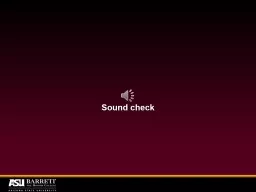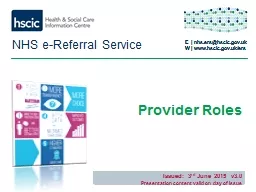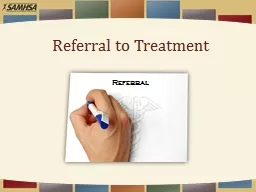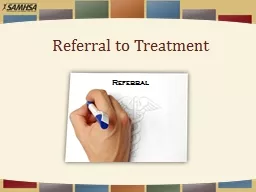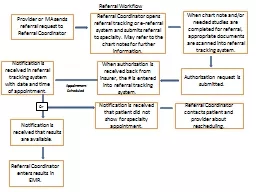PPT-Sound check The Art of the Referral:
Author : willow | Published Date : 2021-12-08
Advising Beyond a Degree Matthew OBrien Barrett The Honors College Arizona State University Goals of this session Training new Employees Develop ideas for
Presentation Embed Code
Download Presentation
Download Presentation The PPT/PDF document "Sound check The Art of the Referral:" is the property of its rightful owner. Permission is granted to download and print the materials on this website for personal, non-commercial use only, and to display it on your personal computer provided you do not modify the materials and that you retain all copyright notices contained in the materials. By downloading content from our website, you accept the terms of this agreement.
Sound check The Art of the Referral:: Transcript
Download Rules Of Document
"Sound check The Art of the Referral:"The content belongs to its owner. You may download and print it for personal use, without modification, and keep all copyright notices. By downloading, you agree to these terms.
Related Documents

